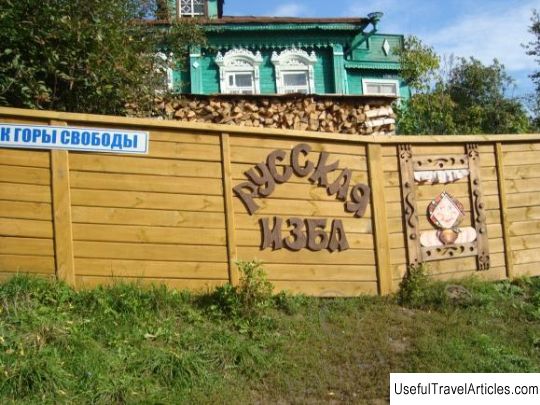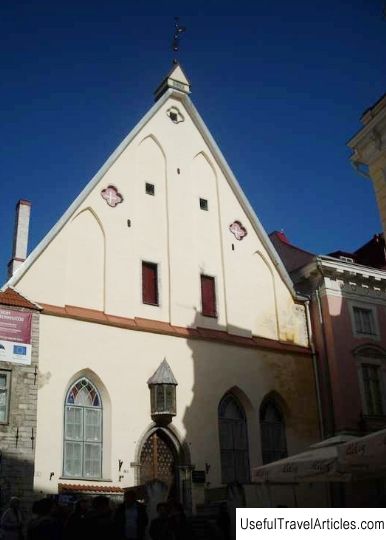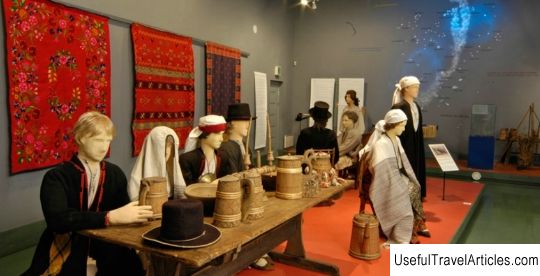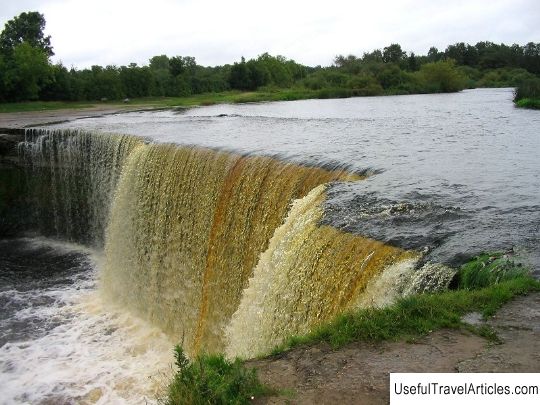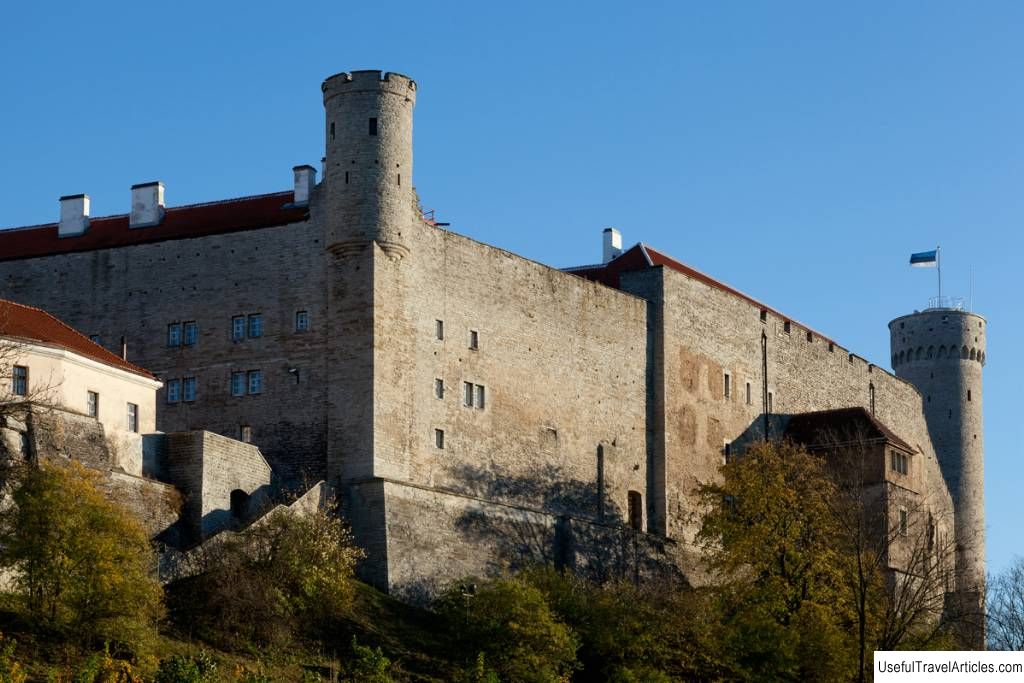Estonian Open Air Museum Rocca al Mare (Eesti Vabaohumuuseum) description and photos - Estonia: Tallinn
Rating: 8,6/10 (5784 votes) 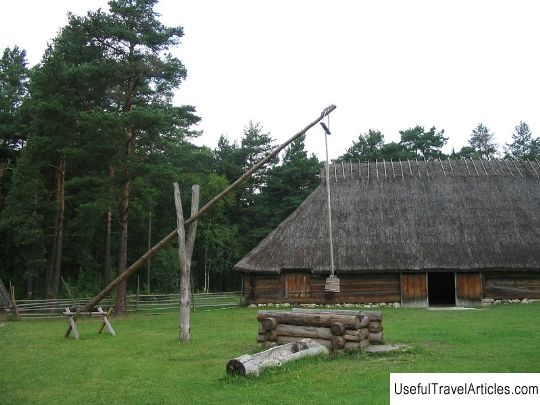
Estonian Open Air Museum Rocca al Mare (Eesti Vabaohumuuseum) description and photos - Estonia: Tallinn. Detailed information about the attraction. Description, photographs and a map showing the nearest significant objects. The title in English is Eesti Vabaohumuuseum. Photo and descriptionThe Estonian Open Air Museum, called Rocca al Mare (English - Rocca al Mare - Open Air Museum), is located 10 kilometers from the center of Tallinn at the Kopli Bay. Rocca al Mare is translated from Italian as "rock or cliff by the sea." This bizarre and unusual name for Estonia was given by the burgomaster of Tallinn, a wealthy merchant Arthur Gerard de Sucanton, a Frenchman who is madly in love with Italy. He built a country estate here. It was located not far from a high rocky cliff overhanging the sea, and a wealthy merchant decided that there was no better name for his possessions, and, indeed, a rock by the sea. Until our time, of the buildings of the estate, only “ Swiss Villa ”, which currently houses the office of the Ethnographic Museum. And one of the park alleys, which was decorated with hewn stone slabs brought from the Old City, Arthur Gerard de Sucanton gave the Roman name - Via Appia, which means "Appian Way" in Russian. Open Museum Sky Rocca al Mare was founded in 1957. Its area is 79 hectares. The museum is a complex of ancient unique buildings from different times and regions of Estonia. The territory of the museum is conventionally divided into 4 parts. Here, in accordance with the historical and ethnographic division of Estonia, one can get acquainted with the life, way of life and culture of peasants. More than 70 buildings were brought to the museum from all over the country. These are dozens of huge peasant estates with all things and utility rooms, water and windmills, a barn, a smithy, a bathhouse, houses for fishing nets, a small church made of wood, a fire shed and even a marrow. In the tavern, you can taste simple, but at the same time very tasty, Estonian national cuisine. The oldest exhibit in the museum is a chapel from the Sutlepa settlement, built in 1699. To a large extent, the museum's collection is made up of buildings of the 18th-20th centuries. It is noteworthy that the interior decoration of the houses has not changed, but has been preserved in its original form. The collection of the ethnographic museum is being replenished at the present time. Extensive economic and public buildings, household items of Estonian peasants, in a word, everything that allows you to restore the most complete picture of the life of Estonian peasants. The town of Rokka al Mare attracts visitors not only with its unique museum, but and the opportunity to have a wonderful rest, especially in summer. You, undoubtedly, you will enjoy walking in the forest, breathing fresh air, descending from a high bank along a narrow path or down a ladder down to the sea, looking at the gray boulders lying in the water. And, of course, you should definitely admire the beautiful view of the city from the Rocca al Mare cliff. From here, the outlines of Tallinn will appear before you full of new and unknown charm. Behind the smooth waters of the Kopli Bay, behind a sandy ridge, above a forest lost in a foggy haze, the Toompea castle appears like magic from a fairy tale, the elegant spire of Oleviste looms smoothly against the sky. Performances in the open-air museum national musicians and dancers, a demonstration of weaving is organized - ancient handicraft art, blacksmith's craft, weaving bast shoes and baskets, and more. Here you can ride horses all year round. In the summer - in a carriage, and in the winter, respectively - on a sleigh. Here they celebrate Christmas, Midsummer's Day, Maslenitsa, Easter. The so-called Farm days are celebrated in May, July and September. For this period, a "peasant family" was created, imitating peasant life and seasonal farm work. In the summer, open-air dance evenings are organized. The Rocca al Mare Museum in Tallinn is a wonderful place, far from the bustle of the city, with a distinctive atmosphere, allowing you to get acquainted with the life and culture of Estonian peasants, and just get distracted and relax.         We also recommend reading Rovaniemi Art Museum description and photos - Finland: Rovaniemi Topic: Estonian Open Air Museum Rocca al Mare (Eesti Vabaohumuuseum) description and photos - Estonia: Tallinn. |
